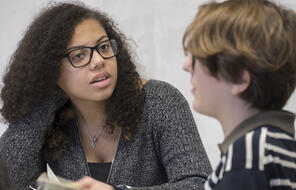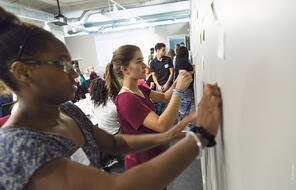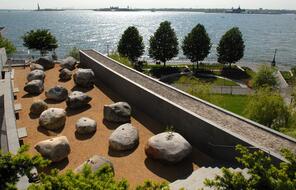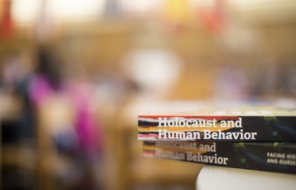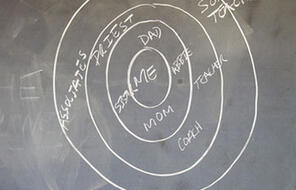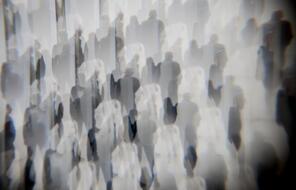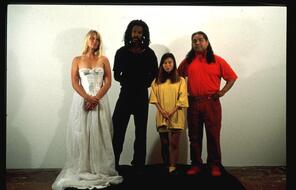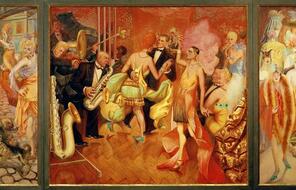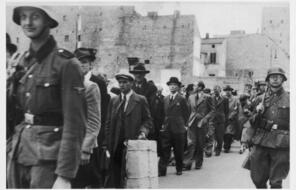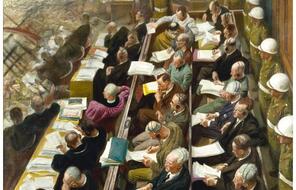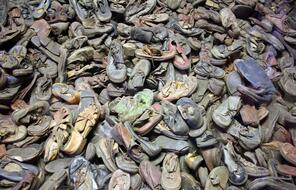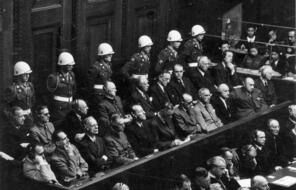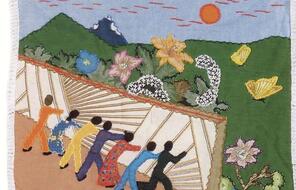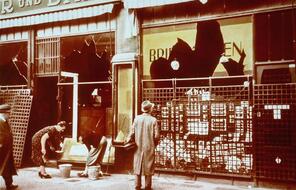
Analyzing and Creating Memorials
At a Glance
Language
English — USSubject
- Civics & Citizenship
- Social Studies
Grade
6–12Duration
Two 50-min class periods- The Holocaust
Overview
About This Lesson
This lesson complements the resources in Chapter 11 of Holocaust and Human Behavior by engaging students in the processes of both responding to and creating memorials to the Holocaust. By doing so, they are forced to grapple with key questions about why history is important and how our memory of history is shaped and influenced. Students will begin by learning about several Holocaust memorials around the world and analyzing the choices that artists and communities made when creating them. Then they will design, plan, and create their own memorial to represent an idea, event, or person they believe is important to remember from the history of the Holocaust.
Preparing to Teach
Lesson Plans
Activities
Materials and Downloads
Unlimited Access to Learning. More Added Every Month.
Facing History & Ourselves is designed for educators who want to help students explore identity, think critically, grow emotionally, act ethically, and participate in civic life. It’s hard work, so we’ve developed some go-to professional learning opportunities to help you along the way.
Exploring ELA Text Selection with Julia Torres
On-Demand

Working for Justice, Equity and Civic Agency in Our Schools: A Conversation with Clint Smith
On-Demand

Centering Student Voices to Build Community and Agency
On-Demand


